1. Gershoni-Baruch R, Brik R, Shinawi M, Livneh A. The differential contribution of MEFV mutant alleles to the clinical profile of familial Mediterranean fever. Eur J Hum Genet. 2002; 10:145–149. PMID:
11938447.
2. Koo KY, Park SJ, Wang JY, Shin JI, Jeong HJ, Lim BJ, Lee JS. The first case of familial Mediterranean fever associated with renal amyloidosis in Korea. Yonsei Med J. 2012; 53:454–458. PMID:
22318840.
3. Kim ML, Chae JJ, Park YH, De Nardo D, Stirzaker RA, Ko HJ, Tye H, Cengia L, DiRago L, Metcalf D, et al. Aberrant actin depolymerization triggers the pyrin inflammasome and autoinflammatory disease that is dependent on IL-18, not IL-1β. J Exp Med. 2015; 212:927–938. PMID:
26008898.
4. Chae JJ, Cho YH, Lee GS, Cheng J, Liu PP, Feigenbaum L, Katz SI, Kastner DL. Gain-of-function Pyrin mutations induce NLRP3 protein-independent interleukin-1β activation and severe autoinflammation in mice. Immunity. 2011; 34:755–768. PMID:
21600797.
5. Ben-Zvi I, Livneh A. Chronic inflammation in FMF: markers, risk factors, outcomes and therapy. Nat Rev Rheumatol. 2011; 7:105–112. PMID:
21060333.
6. Korkmaz C, Ozdogan H, Kasapçopur O, Yazici H. Acute phase response in familial Mediterranean fever. Ann Rheum Dis. 2002; 61:79–81. PMID:
11779767.
7. Karaguezyan KG, Haroutjunian VM, Mamiconyan RS, Hakobian GS, Nazaretian EE, Hovsepyan LM, Hoveyan GA, Gevorkian EM, Hovakimyan SS, Zakarian AE, et al. Evidence of oxidative stress in erythrocyte phospholipid composition in the pathogenesis of familial Mediterranean fever (periodical disease). J Clin Pathol. 1996; 49:453–455. PMID:
8763256.
8. Halliwell B. Oxidative stress and cancer: have we moved forward? Biochem J. 2007; 401:1–11. PMID:
17150040.
9. Yilmaz S, Ozgu-Erdinc AS, Demirtas C, Ozturk G, Erkaya S, Uygur D. The oxidative stress index increases among patients with hyperemesis gravidarum but not in normal pregnancies. Redox Rep. 2015; 20:97–102. PMID:
25327635.
10. Cohen JM, Kramer MS, Platt RW, Basso O, Evans RW, Kahn SR. The association between maternal antioxidant levels in midpregnancy and preeclampsia. Am J Obstet Gynecol. 2015; 213:695.e1–695.e13. PMID:
26215330.
11. Erer B, Demirkaya E, Ozen S, Kallinich T. What is the best acute phase reactant for familial Mediterranean fever follow-up and its role in the prediction of complications? A systematic review. Rheumatol Int. 2016; 36:483–487. PMID:
26712372.
12. Majeed HA, Barakat M. Familial Mediterranean fever (recurrent hereditary polyserositis) in children: analysis of 88 cases. Eur J Pediatr. 1989; 148:636–641. PMID:
2663516.
13. Zemer D, Livneh A, Danon YL, Pras M, Sohar E. Long-term colchicine treatment in children with familial Mediterranean fever. Arthritis Rheum. 1991; 34:973–977. PMID:
1859491.
14. Ben-Chetrit E, Aamar S. About colchicine compliance, resistance and virulence. Clin Exp Rheumatol. 2009; 27:S1–S3.
15. Ozen S, Kone-Paut I, Gül A. Colchicine resistance and intolerance in familial Mediterranean fever: definition, causes, and alternative treatments. Semin Arthritis Rheum. Forthcoming. 2017.
16. Hentgen V, Grateau G, Kone-Paut I, Livneh A, Padeh S, Rozenbaum M, Amselem S, Gershoni-Baruch R, Touitou I, Ben-Chetrit E. Evidence-based recommendations for the practical management of familial Mediterranean fever. Semin Arthritis Rheum. 2013; 43:387–391. PMID:
23742958.
17. Erel O, Neselioglu S. A novel and automated assay for thiol/disulphide homeostasis. Clin Biochem. 2014; 47:326–332. PMID:
25304913.
18. Şahin A, Erten Ş, Altunoğlu A, Işıkoğlu S, Neşelioğlu S, Ergin M, Atalay HV, Erel Ö. Comparison of serum oxidant and antioxidant parameters in familial Mediterranean fever patients (FMF) with attack free period. Acta Reumatol Port. 2014; 39:316–321. PMID:
25007287.
19. Livneh A, Langevitz P, Zemer D, Zaks N, Kees S, Lidar T, Migdal A, Padeh S, Pras M. Criteria for the diagnosis of familial Mediterranean fever. Arthritis Rheum. 1997; 40:1879–1885. PMID:
9336425.
20. Biswas S, Chida AS, Rahman I. Redox modifications of protein-thiols: emerging roles in cell signaling. Biochem Pharmacol. 2006; 71:551–564. PMID:
16337153.
21. Circu ML, Aw TY. Reactive oxygen species, cellular redox systems, and apoptosis. Free Radic Biol Med. 2010; 48:749–762. PMID:
20045723.
22. Ates I, Ozkayar N, Inan B, Yilmaz FM, Topcuoglu C, Neselioglu S, Erel O, Dede F, Yilmaz N. Dynamic thiol/disulphide homeostasis in patients with newly diagnosed primary hypertension. J Am Soc Hypertens. 2016; 10:159–166. PMID:
26725016.
23. Ates I, Kaplan M, Inan B, Alisik M, Erel O, Yilmaz N, Guler S. How does thiol/disulfide homeostasis change in prediabetic patients? Diabetes Res Clin Pract. 2015; 110:166–171. PMID:
26421363.
24. Kundi H, Ates I, Kiziltunc E, Cetin M, Cicekcioglu H, Neselioglu S, Erel O, Ornek E. A novel oxidative stress marker in acute myocardial infarction; thiol/disulphide homeostasis. Am J Emerg Med. 2015; 33:1567–1571. PMID:
26143314.
25. Gao C, Li T, Liu J, Guo Q, Tian L. Endothelial functioning and hemodynamic parameters in rats with subclinical hypothyroid and the effects of thyroxine replacement. PLoS One. 2015; 10:e0131776. PMID:
26158620.
26. Yucel A, Sanhal CY, Daglar K, Kara O, Uygur D, Erel O. Thiol/disulphide homeostasis in pregnant women with familial Mediterranean fever. Redox Rep. 2016; 21:287–291. PMID:
27077456.
27. Musabak U, Sengul A, Oktenli C, Pay S, Yesilova Z, Kenar L, Sanisoglu SY, Inal A, Tuzun A, Erdil A, et al. Does immune activation continue during an attack-free period in familial Mediterranean fever? Clin Exp Immunol. 2004; 138:526–533. PMID:
15544632.
28. Yildirim K, Uzkeser H, Keles M, Karatay S, Kiziltunc A, Kaya MD, Yildirim A. Relationship between serum interleukin-1beta levels and acute phase response proteins in patients with familial Mediterranean fever. Biochem Med (Zagreb). 2012; 22:109–113. PMID:
22384525.
29. Lagnoux D, Darbre T, Schmitz ML, Reymond JL. Inhibition of mitosis by glycopeptide dendrimer conjugates of colchicine. Chemistry. 2005; 11:3941–3950. PMID:
15861378.
30. Kirkali G, Tunca M, Genc S, Jaruga P, Dizdaroglu M. Oxidative DNA damage in polymorphonuclear leukocytes of patients with familial Mediterranean fever. Free Radic Biol Med. 2008; 44:386–393. PMID:
17967429.
31. Karakurt Arıtürk Ö, Üreten K, Sarı M, Yazıhan N, Ermiş E, Ergüder İ. Relationship of paraoxonase-1, malondialdehyde and mean platelet volume with markers of atherosclerosis in familial Mediterranean fever: an observational study. Anadolu Kardiyol Derg. 2013; 13:357–362. PMID:
23531873.
32. Savran Y, Sari I, Kozaci DL, Gunay N, Onen F, Akar S. Increased levels of macrophage migration inhibitory factor in patients with familial Mediterranean fever. Int J Med Sci. 2013; 10:836–839. PMID:
23794947.
33. Migita K, Izumi Y, Fujikawa K, Agematsu K, Masumoto J, Jiuchi Y, Kozuru H, Nonaka F, Shimizu T, Nakamura T, et al. Dysregulated mature IL-1β production in familial Mediterranean fever. Rheumatology (Oxford). 2015; 54:660–665. PMID:
25240611.
34. Ediz L, Ozkol H, Tekeoglu I, Tuluce Y, Gulcu E, Koyuncu I. Increased oxidative stress in patients with familial Mediterranean fever during attack period. Afr Health Sci. 2011; (11):Suppl 1. S6–S13. PMID:
22135646.
35. Guzel S, Andican G, Seven A, Aslan M, Bolayirli M, Guzel EC, Hamuryudan V. Acute phase response and oxidative stress status in familial Mediterranean fever (FMF). Mod Rheumatol. 2012; 22:431–437. PMID:
21947799.
36. Ben-Chetrit E, Bergmann S, Sood R. Mechanism of the anti-inflammatory effect of colchicine in rheumatic diseases: a possible new outlook through microarray analysis. Rheumatology (Oxford). 2006; 45:274–282. PMID:
16188942.
37. Gasparyan AY, Ayvazyan L, Yessirkepov M, Kitas GD. Colchicine as an anti-inflammatory and cardioprotective agent. Expert Opin Drug Metab Toxicol. 2015; 11:1781–1794. PMID:
26239119.
38. Erden M, Ediz L, Hız Ö, Tuluce Y, Ozkol H, Toprak M, Demirdag F. Effect of colchicine on total antioxidant capacity, antioxidant enzymes and oxidative stress markers in patients with knee osteoarthritis. Int J Clin Med. 2012; 3:377–382.
39. Chia EW, Grainger R, Harper JL. Colchicine suppresses neutrophil superoxide production in a murine model of gouty arthritis: a rationale for use of low-dose colchicine. Br J Pharmacol. 2008; 153:1288–1295. PMID:
18264123.
40. Solomon F, Monard D, Rentsch M. Letter: stabilization of colchicine-binding activity of neuroblastoma. J Mol Biol. 1973; 78:569–573. PMID:
4754846.
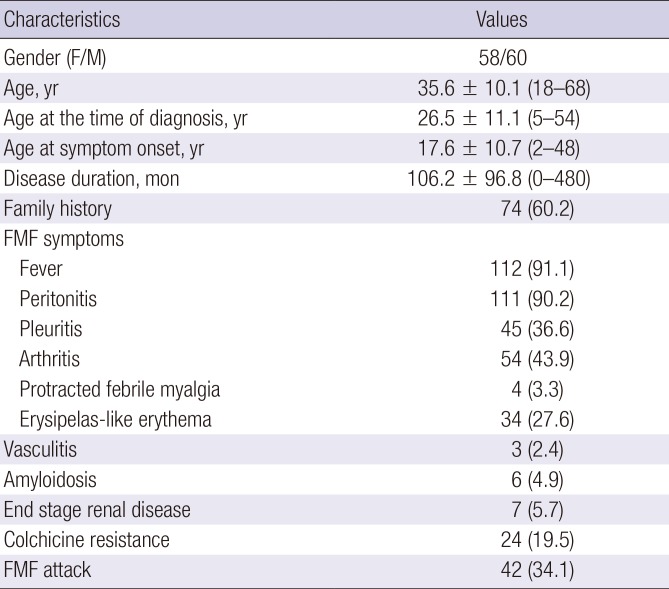
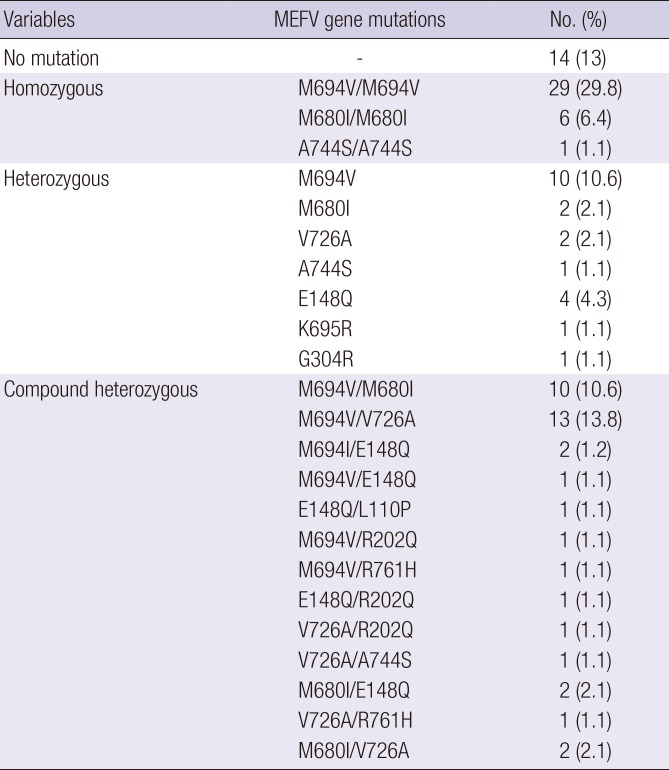
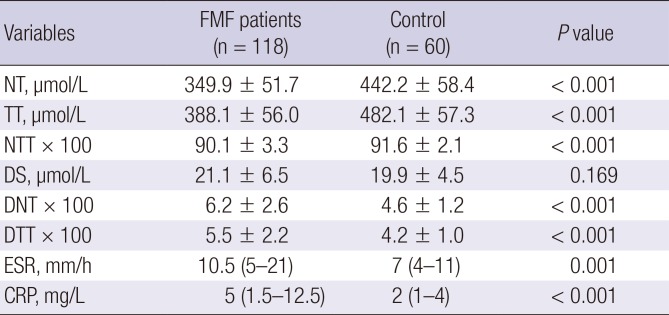
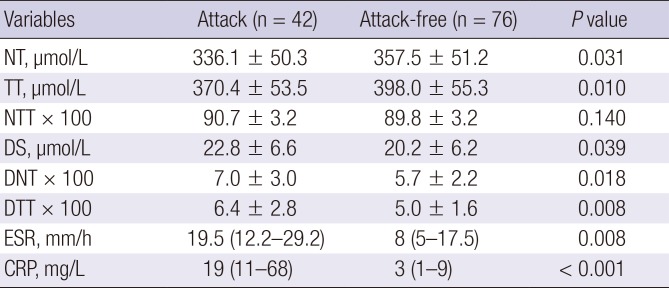
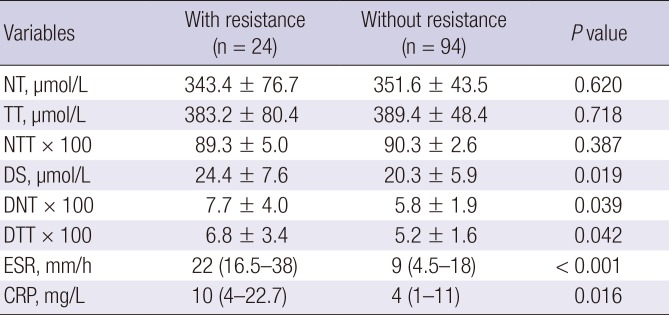




 PDF
PDF ePub
ePub Citation
Citation Print
Print



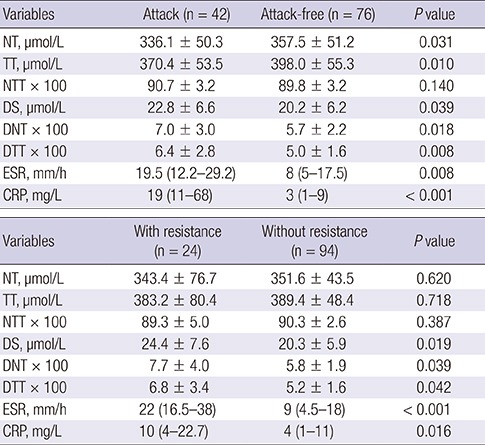
 XML Download
XML Download